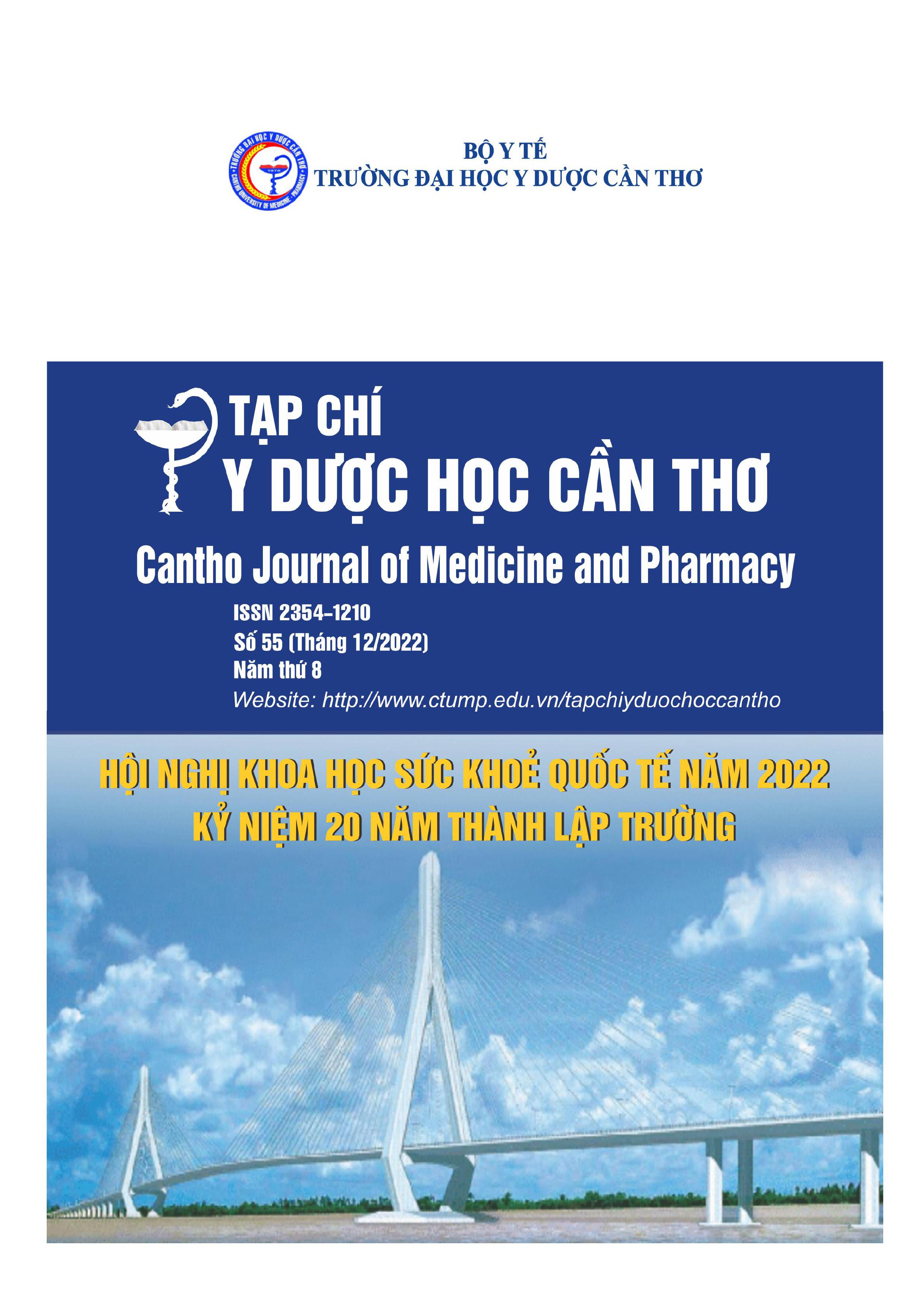MICROBIOME AND ACNE VULGARIS
Main Article Content
Abstract
Acne vulgaris is the most common skin disease. Among the factors that cause acne vulgaris are the abnormal keratinisation of the sebaceous canal, bacterial colonisation (Cutibacterium acnes), increased sebum production, genotypic factors, and hormonal disorders. It has been shown that it is the loss of microbial diversity in the skin and the imbalance among C. acnes ribotypes that bring about acne rather than the C.acnes species as a whole. Besides, recent evidence suggests that other microorganisms may be implicated, such as the fungi Malassezia and the bacteria Cutibacterium granulosum. A plethora of scientific evidence suggests that the gut microbiome is implicated in the overall health and physiology of the host; studies show that the gut microbiome of acne patients is distinct and depicts less microbial diversity compared to individuals without acne. Given the aggressiveness of some standard acne treatments, probiotics should continue to be investigated as an alternative or adjuvant therapy. The use of internal supplementation and probiotic-containing cosmetics gives hope for the improvement of the skin condition of people with acne. The objective of this narrative review was to check the influence of the human microbiota in the pathogenesis of acne and how the treatment with probiotics as adjuvant or alternative therapy affects the evolution of acne vulgaris.
Article Details
Keywords
Acne, microbiome, skin microflora, Gut microbiome, probiotics
References
2. Barnard E., Shi B., Kang D., Craft N., Li H. (2016), The balance of metagenomic elements shapes the skin microbiome in acne and health. Sci. Rep, 6, 39491.
3. Bowe W.P., Logan A.C. (2011), Acne vulgaris, probiotics and the gut-brain-skin axis—Back to the future? Gut Pathog, 3, 1.
4. Brook I. (1999), Bacterial interference. Crit Rev Microbiol, 25, pp.155-172.
5. Das S., Reynolds R.V. (2014), Recent advances in acne pathogenesis: Implications for therapy. Am J Clin Dermatol, 15, 479-488.
6. Dekio I., McDowell A., Sakamoto M., Tomida S., Ohkuma M. (2019), Proposal of new combination, Cutibacterium acnes subsp. elongatum comb. nov., and emended descriptions of the genus Cutibacterium, Cutibacterium acnes subsp. acnes and Cutibacterium acnes subsp. defendens. Int J Syst Evol Microbiol, 69, 1087-1092.
7. Di Marzio L., Cinque B., De Simone C., Cifone M.G. (1999), Effect of the lactic acid bacterium Streptococcus thermophilus on ceramide levels in human keratinocytes in vitro and stratum corneum in vivo. J Investig Dermatol, 113, 98-106.
8. Ellis S.R., Nguyen M., Vaughn A.R., Notay M., Burney W.A., Sandhu S., Sivamani R.K. (2019), The Skin and Gut Microbiome and Its Role in Common Dermatologic Conditions. Microorganisms, 7, 550.
9. Espinoza-Monje M., Campos J., Alvarez Villamil E., Jerez A., DenticeMaidana S., et al.(2021), Characterization of Weissellaviridescens UCO-SMC3 as a Potential Probiotic for the Skin: Its Beneficial Role in the Pathogenesis of Acne Vulgaris. Microorganisms, 9, 1486.
10. Grice E.A., Segre J.A. The skin microbiome. Nat. Rev. Microbiol. 2011;9:244–253.
11. Jung G.W., Tse J.E., Guiha I., Rao J. Prospective, randomized, open-label trial comparing the safety, efficacy, and tolerability of an acne treatment regimen with and without a probiotic supplement and minocycline in subjects with mild to moderate acne. J. Cutan. Med. Surg. 2013;17:pp.114–122.
12. Kang B.S., Seo J.G., Lee G.S., Kim J.H., Kim S.Y., Han Y.W., Kang H., Kim H.O., Rhee J.H., Chung M.J., et al. Antimicrobial activity of enterocins from Enterococcus faecalis SL-5 against Propionibacterium acnes, the causative agent in acne vulgaris, and its therapeutic effect. J. Microbiol. 2009;47:pp.101–109.
13. Karolina Chilicka, Iwona Dzieńdziora-Urbińska, Renata Szyguła, Binnaz Asanova, Danuta Nowicka, Microbiome and Probiotics in Acne Vulgaris—A Narrative Review, Life (Basel). 2022 Mar; 12(3): 422.
14. Katsuta Y., Iida T., Inomata S., Denda M. Unsaturated fatty acids induce calcium influx into keratinocytes and cause abnormal differentiation of epidermis. J. Investig. Dermatol. 2005;124:1008–1013.
15. Kim J., Kim H., Jeon S., Jo J., Kim Y., Kim H. Synergistic Antibacterial Effects of Probiotic Lactic Acid Bacteria with Curcuma longa Rhizome Extract as Synbiotic against Cutibacterium acnes. Appl. Sci. 2020;10:8955.
16. Lee Y.B., Byun E.J., Kim H.S. Potential Role of the Microbiome in Acne: A Comprehensive Review. J. Clin. Med. 2019;8:987.
17. Patel A., Calfee R.P., Plante M., Fischer S.A., Green A. Propionibacterium acnes colonization of the human shoulder. J. Shoulder Elb. Surg. 2009.
18. Percival S.L., Emanuel C., Cutting K.F., Williams D.W. Microbiology of the skin and the role of biofilms in infection. Int. Wound J. 2012;9:14–32.
19. Rahim K., Saleha S., Zhu X., Huo L., Basit A., Franco O.L. Bacterial Contribution in Chronicity of Wounds. Microb. Ecol. 2017;73:710–721.
20. Salem I., Ramser A., Isham N., Ghannoum M.A. The Gut Microbiome as a Major Regulator of the Gut-Skin Axis. Front. Microbiol. 2018;9:1459.
21. Salvucci E. Microbiome, holobiont and the net of life. Crit. Rev. Microbiol. 2016;42:485–494.
22. Skowron K., Bauza-Kaszewska J., Kraszewska Z., Wiktorczyk-Kapischke N., et al, Human Skin Microbiome: Impact of Intrinsic and Extrinsic Factors on Skin Microbiota. Microorganisms. 2021;9:543.
23. Staudinger T., Pipal A., Redl B. Molecular analysis of the prevalent microbiota of human male and female forehead skin compared to forearm skin and the influence of make-up. J. Appl. Microbiol. 2011;110:pp.1381–1389.
24. Tsai W.-H., Chou C.-H., Chiang Y.-J., Lin C.-G., Lee C.-H. Regulatory effects of Lactobacillus plantarum-GMNL6 on human skin health by improving skin microbiome. Int. J. Med. Sci. 2021;18:pp.1114–1120.
25. Yu Y., Champer J., Agak G.W., Kao S., Modlin R.L., Different Propionibacterium acnes Phylotypes Induce Distinct Immune Responses and Express Unique Surface and Secreted Proteomes. J. Investig. Dermatol. 2016;136:pp.2221–2228.


